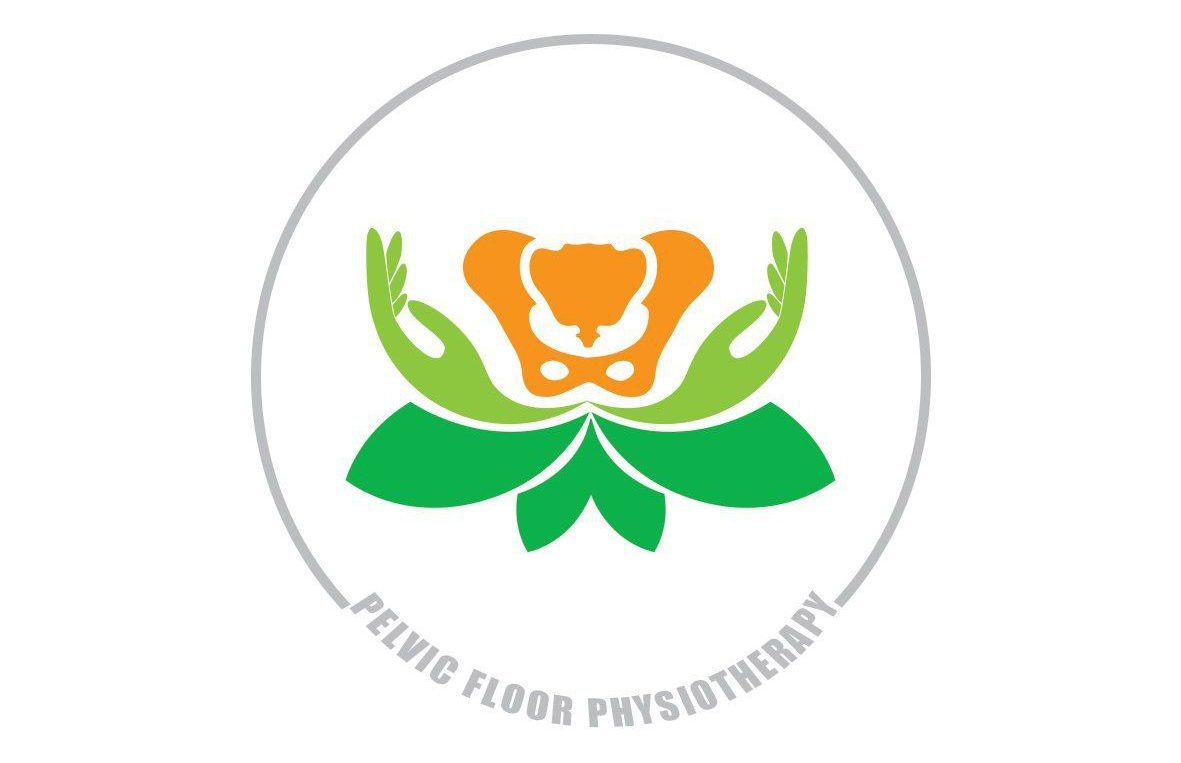Seyedeh Saeideh Babazadeh-Zavieha, b Siamak Bashardoust Tajalic
Seyed Mohammad Jafar Haerid Amirhossein Shamsic
Keywords
Chronic pain · Dysmenorrhea · Pelvic pain · Transcutaneous electric nerve stimulation
Abstract
Introduction:
The study aimed to identify the effects of
transcutaneous electrical nerve stimulation (TENS) in women with chronic pelvic pain (CPP) by conducting a systematic review and meta-analysis of randomized controlled trials.
Methods:
We used five international databases from
2000 to 2020 and selected the clinical trials that reported the
effects of TENS on CPP. We excluded the case reports, acute
pelvic pain reports, men-related, animal-related, and intravaginal and intrarectal electrical stimulation articles. The level of pain (based on the visual analog scale) was considered
for pooling data through the meta-analysis.
Results:
Ten
studies met the inclusion criteria, and three articles were included in the meta-analysis. The results showed that TENS
application mildly reduced pain in women with primary dysmenorrhea (mean difference = −1.29; 95% CI: −2.57 to −0.01;
Z = 1.98, p = 0.05). Also, to reduce pain in patients with CPP,
the TENS must be applied at least for 20 min, with a pulse
duration of 50–400 μs, at a frequency of 2–120 Hz. The metaanalysis was followed by assessing the risk of bias, including
publication bias. Based on the Cochrane risk of bias evaluation, the majority of the included trials were assessed with
moderate methodological quality.
Conclusion:
TENS application can mildly improve the level of pain in patients with
CPP caused by primary dysmenorrhea. Although no distinct
agreement was observed among the effective parameters,
the high-frequency mode with maximum tolerated intensity
was more effective compared to the low-frequency
